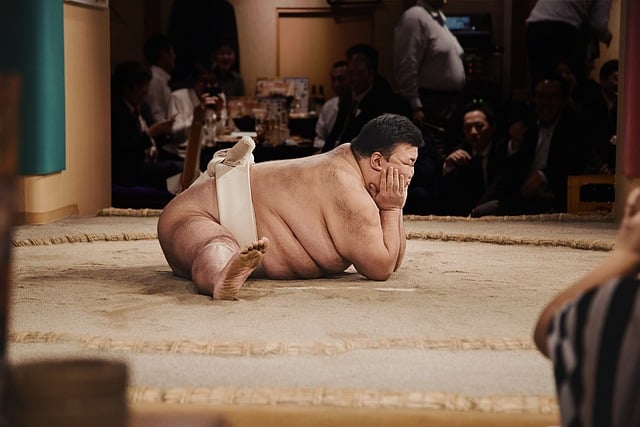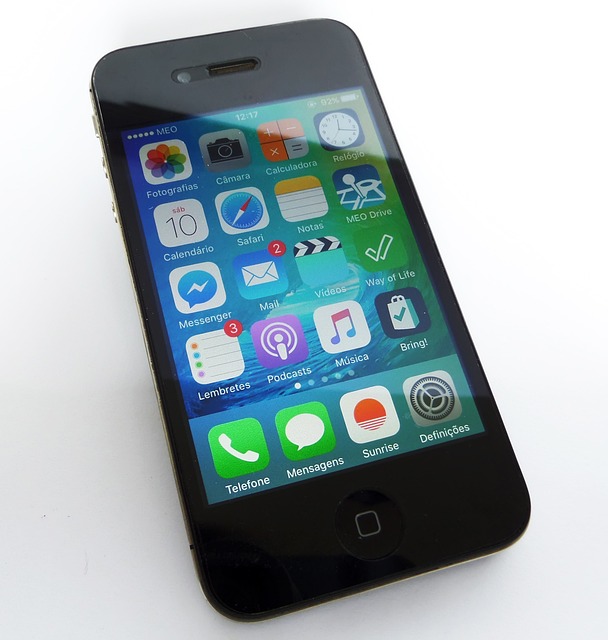Fat Cell Freezing (cryolipolysis) is a non-invasive body contouring procedure that targets specific areas of fat accumulation, including the abdomen, love handles, flanks, thighs, and double chins. Using advanced cooling technology, it freezes and destroys fat cells without surgery or recovery time. Results may vary based on skin thickness and fat content, and multiple treatments might be required for optimal outcomes. Post-care instructions are vital to minimize discomfort and achieve best results. Fat Cell Freezing offers a long-term solution for targeted fat loss with minimal downtime.
“Discover the transformative power of Fat Cell Freezing—a non-invasive, cutting-edge approach to sculpting your body. This innovative procedure offers a targeted solution for reducing fat in specific areas, providing lasting results without surgery. From understanding the science behind it to exploring its numerous benefits and the step-by-step process involved, this comprehensive guide uncovers everything you need to know about Fat Cell Freezing. Start your journey towards a slimmer, more confident you today.”
Understanding Fat Cell Freezing: A Non-Invasive Approach

Fat Cell Freezing is a non-invasive procedure that has revolutionized body contouring. Unlike traditional methods that focus on overall weight loss, this approach targets specific areas by freezing and destroying fat cells. The process involves using cryolipolysis, where cold temperatures are applied to the targeted area, causing fat cells to crystallize and eventually die. This selective destruction ensures minimal damage to surrounding tissues, making it a safer alternative for those seeking localized fat reduction.
This innovative technique is particularly appealing as it offers a more precise way to shape one’s body without surgery or extensive recovery periods. It’s important to note that Fat Cell Freezing isn’t suitable for everyone, and results may vary based on factors like skin thickness and the amount of fat in the targeted area. However, for many individuals, it provides a game-changing solution for achieving their desired physique.
Targeted Areas for Fat Cell Freezing Treatment

When considering Fat Cell Freezing treatments, it’s important to understand that this non-invasive procedure targets specific areas where fat cells have accumulated. These can vary from person to person based on genetics, lifestyle, and diet. Common targeted areas include the abdomen, love handles, flanks, thighs, and even double chins. The treatment utilizes advanced cooling technology to freeze and destroy fat cells, leading to a noticeable reduction in fat over time.
During the procedure, a specialist will apply a topical numbing cream to ensure patient comfort. Using precise ultrasound guidance, they deliver targeted cold energy into the subcutaneous tissue, where fat cells are located. This controlled freezing process induces lipid breakdown and eventual elimination of the fat cells by the body’s natural metabolic processes.
How Does Fat Cell Freezing Work? The Science Behind It

Fat cell freezing, also known as cryolipolysis, is a non-invasive procedure that targets and freezes specific fat cells in problem areas. The science behind it involves using controlled cooling to disrupt the fat cells’ cellular membranes, causing them to break down and be eliminated by the body’s natural processes. During the treatment, a cooling mechanism is applied to the targeted area, typically the abdomen, flanks, or thighs. This extreme cold temperature ensures that only the fat cells are affected, while other tissues remain intact.
The process starts with the application of a topical numbing cream to minimize discomfort. Then, a handheld device delivers controlled cooling to the targeted fat cells. This freezing effect causes them to shrink and die, leading to a reduction in overall fat content in the treated area over time. The body naturally processes and eliminates these dead fat cells, resulting in slimmer, tonier looking skin without surgery or downtime.
Benefits and Considerations for Freeze Fat Procedure

The Freeze Fat procedure, also known as fat cell freezing, offers a non-invasive way to reduce stubborn fat in targeted areas. One of its key benefits is minimal downtime and recovery compared to surgical procedures. Patients can experience immediate results with reduced swelling and bruising, allowing for quick return to daily activities. Additionally, this method provides a permanent reduction in fat cells, preventing future fat accumulation in the treated area.
However, there are considerations to keep in mind. Not all fat is suitable for freezing, as it depends on the type of fat cell and its distribution. It’s essential to consult with a qualified professional who can assess if you’re a good candidate. Furthermore, results may vary, and multiple treatments could be necessary for optimal outcomes. Safety and effectiveness should always be prioritized, ensuring that the procedure is performed by experienced practitioners using advanced technology to minimize risks and maximize benefits.
The Process: Step-by-Step Guide to Fat Cell Freezing

The Process: Step-by-Step Guide to Fat Cell Freezing
1. Consultation and Preparation: The journey begins with a consultation session where our experts assess your targeted areas, discuss expectations, and prepare your skin through cleansing and marking the treatment zones. This meticulous approach ensures precision during the procedure.
2. Cooling and Freezing: Using advanced cryolipolysis technology, we apply a cooling device to the marked areas. The machine delivers controlled cooling, targeting fat cells without impacting surrounding tissues. As the temperature drops, fat cells become solidified, effectively freezing them in place. This non-invasive method disrupts the fat cells’ structure, leading to their natural elimination by the body’s immune system over the following weeks.
Post-Treatment Care and Expected Results

After a fat cell freezing treatment, proper post-care is essential for optimal results and to minimize discomfort. Patients are typically advised to rest and avoid strenuous activities for a few days following the procedure. Applying ice packs can help reduce swelling and bruising in the treated areas. It’s important to stay hydrated and follow a healthy diet as this supports the body’s natural healing process.
Expected outcomes vary depending on the amount of fat targeted and individual factors, but generally, patients begin to see results within a few weeks. The body naturally eliminates the frozen fat cells over time, leading to a reduction in the treated area’s fat content. This non-invasive procedure offers a long-term solution for reducing stubborn fat without surgery or downtime, making it a popular choice for those seeking targeted fat loss.
